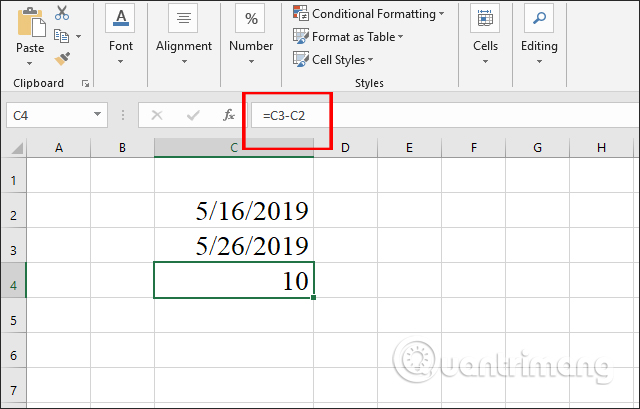5 Simple Ways to Subtract Across Excel Sheets

Introduction to Excel Sheet Operations

Microsoft Excel is a powerful tool widely recognized for its ability to perform complex mathematical operations, manage data, and create intricate models. Among its many features, Excel excels in subtracting values across different sheets, which can be a fundamental task for financial analysts, researchers, accountants, and anyone dealing with multi-sheet data. Here, we will explore five straightforward methods to subtract numbers across sheets, ensuring your data management becomes more efficient and error-free.

1. Using Cell References for Subtraction

The most basic way to subtract data from different sheets involves using cell references:
- Click on the cell where you want the result of the subtraction to appear.
- Type the equal sign (=) to start a formula.
- Click on the sheet tab for the first sheet, then click the cell you wish to subtract from.
- Enter a minus sign (-).
- Click on the sheet tab for the second sheet, then click on the cell whose value you want to subtract.
⚠️ Note: Ensure that the cell references are accurate, as a small mistake can lead to significant errors in calculations.

2. 3D Formula Subtraction

3D formulas in Excel allow you to subtract values across a range of sheets:
- Select the cell where you want the result to appear.
- Start with the equal sign (=).
- Click on the first sheet where the data begins, then select the cell.
- Use the colon (:) to indicate a range and click on the tab of the last sheet.
- Enter the subtraction formula, like
=Sheet1:Sheet3!A1-Sheet4!A1.
🔍 Note: 3D references automatically adjust when you insert or delete sheets within the specified range.
3. The SUMIF Function for Conditional Subtraction

If you need to conditionally subtract values, SUMIF can be very handy:
- In the cell where you want the result, type
=SUMIF(range, criteria, [sum_range]). - Set the range to include the cells you’re evaluating across sheets.
- Define the criteria for what cells you want to subtract.
- Set the sum_range for the values to subtract.
📝 Note: This method is particularly useful when dealing with datasets where not all entries meet the subtraction criteria.

4. Using Excel Tables for Dynamic Subtraction

Tables in Excel can provide dynamic references for subtraction:
- Convert your data into an Excel table by selecting the range and using Ctrl+T.
- Name your tables for easier reference.
- Use structured references like
=Table1[Column]-Table2[Column]for subtraction.
👉 Note: This method ensures that your formulas automatically adjust when you add or remove data from the table.
5. Advanced: Subtracting Multiple Cells

For complex datasets where you need to subtract multiple cells at once:
- Use array formulas by entering CTRL + SHIFT + ENTER after your formula.
- The formula should look like
{=A1:A10-B1:B10}.
🔧 Note: Array formulas are entered and edited differently than regular formulas, making them suitable for batch operations.
Summary: Subtracting across Excel sheets can range from straightforward cell references to sophisticated array operations. Each method has its advantages:
- Direct cell referencing is perfect for basic subtraction tasks.
- 3D formulas are ideal for managing sheets over a range.
- SUMIF allows for conditional subtraction, improving data accuracy.
- Excel tables offer dynamic functionality for evolving datasets.
- Array formulas are the go-to for extensive, multiple-cell subtraction operations.
By understanding and applying these methods, you can streamline your data processing, reduce errors, and make your Excel work more intuitive. Mastering these techniques will not only make you more proficient in Excel but also allow you to manipulate large datasets with ease.
What are the advantages of using 3D formulas in Excel?

+
3D formulas simplify operations across multiple sheets by allowing you to refer to the same cell or range in different sheets with a single formula. This reduces the chance of errors and makes updating data across sheets easier.
Can I use SUMIF across different sheets?

+
Yes, you can use SUMIF across different sheets. Just ensure the range and sum_range arguments include cells from different sheets using the standard cell referencing syntax.
How can I enter an array formula?

+
To enter an array formula, you first type your formula, then instead of pressing Enter, you press CTRL + SHIFT + ENTER. This action will display curly braces around the formula, indicating it’s an array formula.



